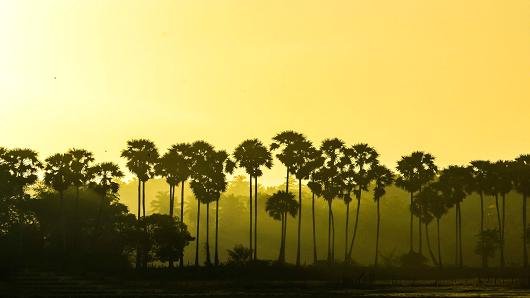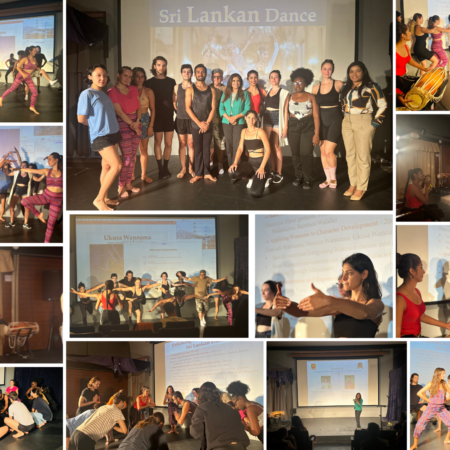Untouched beaches, new instrastructure, history aplenty – Sri Lankan hoteliers are keen to show international tourists that there are upsides to holidaying in a former war zone.
Jetwing chairman Hiran Cooray told CNBC he was confident the best growth prospects for Sri Lanka’s hotel industry were in the northern and eastern parts of the country, rather than the capital Colombo.
“Jaffna has some beautiful islands that haven’t been well explored, there is an opportunity for beach tourism, for historical tourism, there is so much more opportunities here. I think Jaffna will do very well in the future,” he said.
Cooray is referring to Sri Lanka’s pristine, unexplored territories, where investment had long been stymied by a 26-year civil war between the Sri Lankan government and the Northern Province-based Tamil rebels.
Jetwing’s new, 55-room property – which stands right in the middle of Jaffna, the former Tamil stronghold that is the capital of the Northern Province – is the first boutique luxury hotel to open its door the bustling city since conflict ended in 2009.
Cooray’s confidence is shared by Vijitha Wijesuriya, the managing director of East-West Properties.
“There is a lot of inventory coming into Colombo from the likes of Shangri-La, John Keells Holdings and Hyatt, so the space is a bit crowded at the moment,” Wijesuriya said.
“Sri Lanka has 18,000 star-classified hotel rooms; 7,000 of those are available in Colombo and about 10,000-plus rooms in the rest of the country,” he said.
But at present there were only a handful of big hotel properties with more than 100 rooms outside Colombo, so the potential for growth was huge, he added.
East-West Properties sealed a partnership with Marriot International four years ago to develop a property in Weligama, in the southern part of Sri Lanka that is famed for its sandy beaches.
The hotel, Marriot’s first property in Sri Lanka, will open in November, and Wijesuriya is already eyeing new opportunities.
“Tourism is going to be a big business in Sri Lanka, we are looking at four other properties with Marriott, possibly in Dambulla, Nuwara Eliya, Kandy and also in the west coast,” the developer said.
“We had nearly two million tourists visiting Sri Lanka last year and we should hit 2.5 million tourists this year. But while there is an exponential increase in tourist arrivals, there isn’t an exponential increase in accommodation options,” he said.
Seven years after the end of the civil conflict, Sri Lanka is slowly rebuilding its reputation as a global tourist destination, attracting international hospitality brands to its shores.
The country’s improved infrastructure is a key part of the attraction.
“When we bought real estate in Weligama a few years ago, it took four hours to get there from Colombo,” said Wijesuriya. “Today, with the highway, we can get there in under an hour and a half. That’s a complete game-changer and a big plus for us.
Jetwing’s Cooray is also readying for the big tourism boom.
“In the next 12 months we are planning to open four new hotels – in Colombo, Dambulla, Pasikuda and Panadura – and within three years, you will see us opening at least another four, in addition to the four we’re planning this year,” he said.
Cooray, who manages a chain of boutique luxury hotels, said he was aware that competition would intensify, but said he welcomed the entry of big players.
“I think it is good that the international companies are bringing in investment to Sri Lanka, because their large distribution and large network give confidence to travelers here,” said Cooray.
“However as local hoteliers and managers of Sri Lankan-based brands, we must up our game and be on par with them. That’s our strategy, to improve our product, improve our services, so we are second to none.”






















